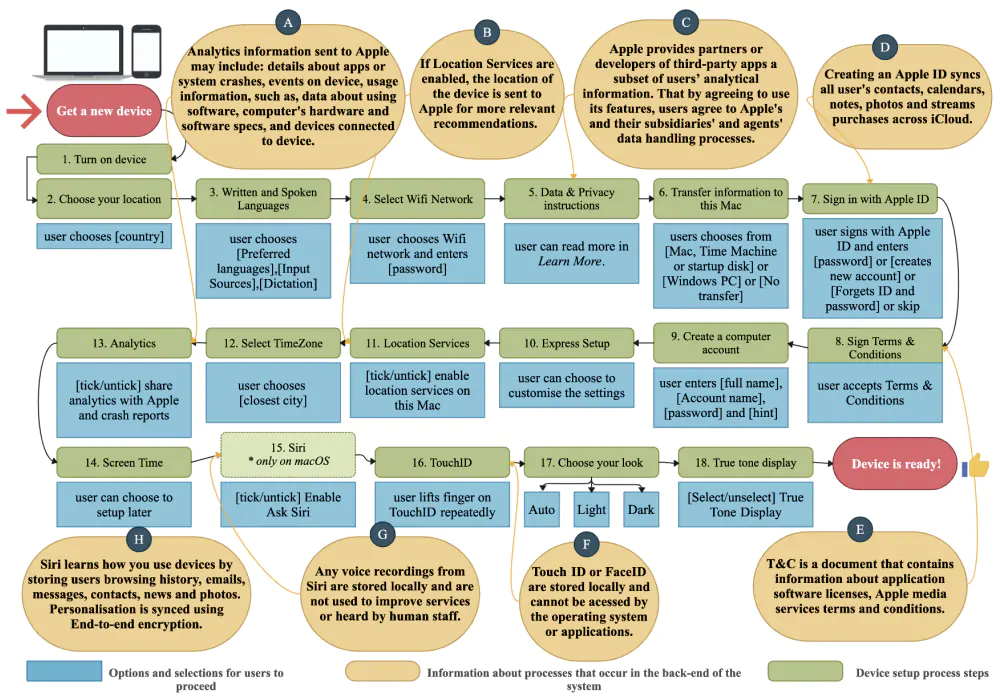
"Privacy. That's iPhone," an Apple slogan says. But a study suggests otherwise.
Just like pretty much all single devices out there, devices from Apple are designed and developed to aid users. Because the devices are essentially computers, they can run a lot of things, including software, and apps, and many others.
Apple has long been saying that it has privacy in mind, and this is delivered as promised through its many features.
From App Privacy Labels to App Tracking Transparency, to Privacy Report in Safari, Intelligent Tracking Prevention, Private Browsing Mode, Location Services Control, App Permissions, dedicated Privacy Settings, biometrics that include Face ID and Touch ID, end-to-end encryption, Secure Enclave, and Find My iPhone, these features are meant to safeguarding users' personal data.
But only from snooping third parties, apparently.
According to Associate Professor Janne Lindqvist, head of the computer science department at Aalto University in Finland:
"These apps are glued to the platform, and getting rid of them is virtually impossible."
"Due to the way the user interface is designed, users don’t know what is going on."
"For example, the user is given the option to enable or not enable Siri, Apple's virtual assistant. But enabling only refers to whether you use Siri's voice control."
"Siri collects data in the background from other apps you use, regardless of your choice, unless you understand how to go into the settings and specifically change that."
In a study to research the privacy settings of Apple’s default apps to see whether Apple is living up to its slogan, it's found that Apple's default apps on an iPhone, iPad, and MacBook collect users' personal data, even when they appear to be disabled.
In a research that specifically analyzed Safari, Siri, Family Sharing, iMessage, FaceTime, Location Services, Find My and Touch ID.

The team also noted that protecting privacy on an Apple device would require expert knowledge and persistence.
From the way how Apple uses complex wordings for its online instructions that can confuse average users, to how it lacks listing all the necessary steps, or explaining what happens to the data it collects.
In all, Apple's online instructions for restricting data access are very complex and confusing, and the steps required are scattered in different places.
To test whether their hypotheses is true, according to their research paper (PDF), the researchers set up interviews where participants were asked to try and change their settings.
Here, they found that participants were able to take one or two steps in the right direction, but none succeeded in fully protecting their privacy.
It also took them a considerable amount of time to find and adjust the settings.
While the researchers said that they can’t be certain what Apple does with the data collected, but they predict that it is mainly for training the AI.